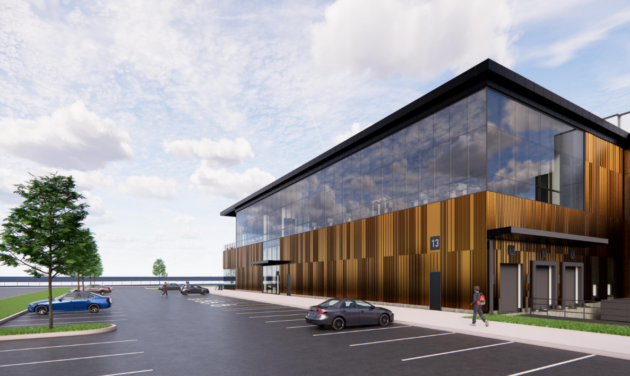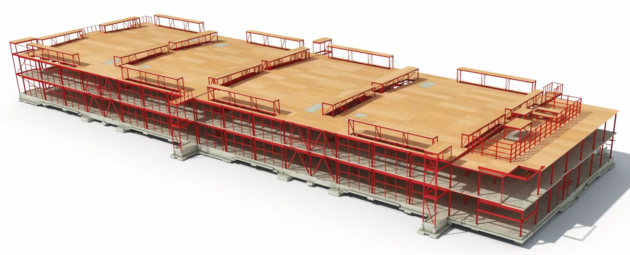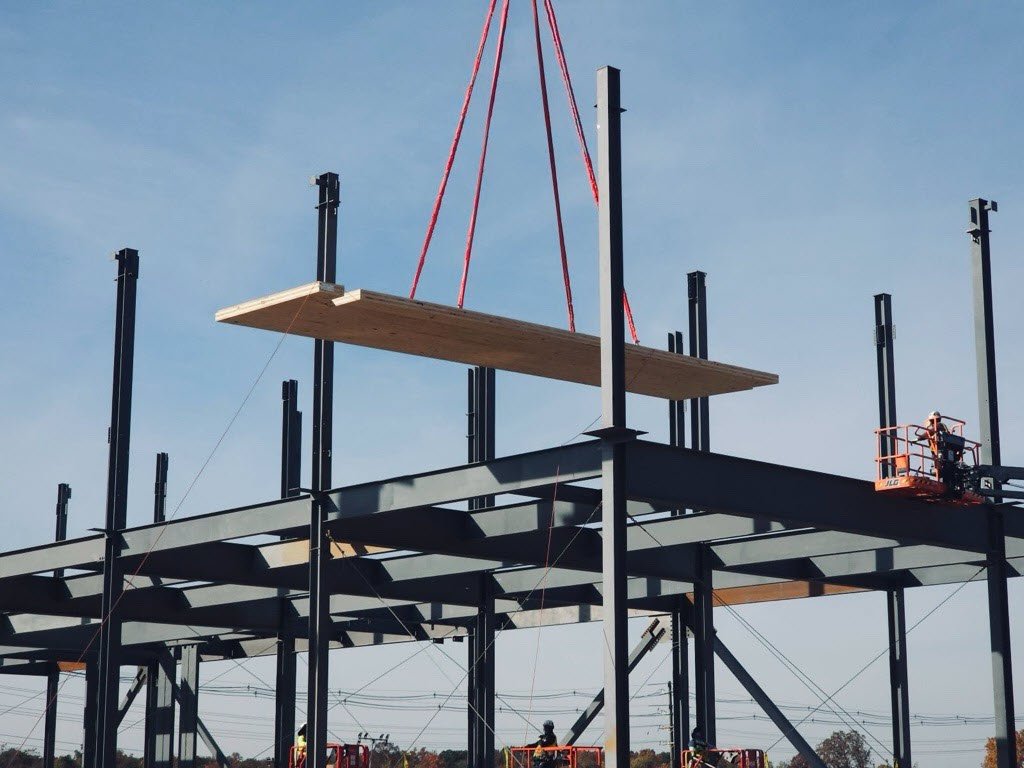Microsoft’s New Data Centers Embrace Climate-Friendly Construction with Engineered Timer in Virginia
Microsoft recently announced a major shift in how it approaches data center construction by building two new facilities in Northern Virginia with engineered timber, cross-laminated timber, steel, and concrete. Unlike traditional construction materials, engineered timber is not only strong and fire-resistant but also reduces the carbon footprint of large structures. Microsoft’s project is part of a larger trend in the tech industry to build eco-friendly infrastructure.

The demand for data centers has surged. These facilities, however, come with a heavy environmental footprint due to their high energy and resource demands. In response, major tech companies have started prioritizing sustainable practices to reduce their carbon impact. Microsoft has been vocal about its commitment to sustainability, with goals to become carbon-negative by 2030. By using engineered timber, Microsoft is advancing this vision, aiming to reduce the carbon footprint of its data centers by 35% compared to a similar steel structure and by 65% compared to a mainly precast concrete one. Northern Virginia is a major hub for cloud computing and data storage. Microsoft’s choice to build its sustainable data centers here reflects the region’s importance and also aligns with Virginia’s commitment to cleaner energy and infrastructure. The Virginia data centers are part of a broader strategy to reduce emissions across all aspects of the business.
You might be asking, What exactly is engineered timber? Engineered timber is manufactured from smaller wood pieces bonded together to create a strong, fire-resistant, and environmentally friendly material. CLT and other engineered wood products are being used as substitutes for carbon-intensive materials like steel and concrete. Compared to steel or concrete, engineered timber has a much smaller carbon footprint, primarily because it doesn’t require energy-intensive manufacturing processes.

Using engineered timber in large-scale data center construction is still relatively novel. CLT is not yet a standard material; costs tend to be higher than conventional materials. For engineered timber to become a mainstay in data center construction, the industry will need to address its cost and skill barriers.
Microsoft has been using CarbonCure products in its data centers, which inject carbon dioxide into concrete as it cures, effectively trapping carbon within the material. This process reduces the carbon footprint of concrete production and makes it a more sustainable building material for Microsoft’s data centers. In addition to CarbonCure, Microsoft is testing Prometheus’ cement, which promises similar carbon benefits.
Microsoft’s innovative approach to data center construction in Virginia underscores the tech industry’s commitment to sustainable practices. By incorporating engineered timber, CarbonCure concrete, and exploring Prometheus cement, Microsoft is reducing its environmental footprint while pushing the boundaries of sustainable construction. Microsoft has yet to provide a timeline for the future use of engineered timber in data centers. The success of the Virginia facilities could determine the viability of scaling timber use in other projects.

